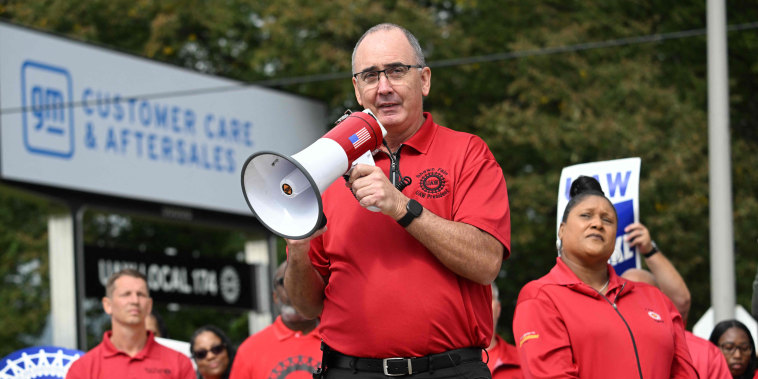“UAW Victory Ignites Unionization Movement at Toyota & Honda

On Tuesday, thousands of autoworkers in Toyota and Honda broke with the United Auto Workers (UAW) to organize into a union of their own. This move comes in response to the UAW’s recently won contract with the Big Three automakers, a historic milestone for labor rights that marks years of effort on the part of the UAW and its members.
Although much of the media attention has focused on the Big Three and the UAW, the shift among autoworkers in Toyota and Honda is just as significant. The UAW has been talking to these workers since 2014, looking to organize them, but unionizing their workplaces has proven more difficult due to the different management styles and culture of Japanese companies.
But now, the workers have finally mustered the courage to make a stand. After learning of the UAW’s success in bargaining a beneficial contract with the Big Three, they banded together and cast aside their fears to demand the same from their Japanese employers.
The proposed union would be comprised of factory workers at Toyota and Honda, creating a collective voice when negotiating future labor contracts. It is hoped that this collective could improve working conditions, including safety, wages, and time off, for these workers, who often have to work more than 40 hours per week.
The move has been met with considerable support, both online and on the shop floor. Autoworkers at other Japanese automakers, including Subaru, Mazda, and Nissan, have expressed their solidarity with this move. The UAW, meanwhile, has extended its assistance to the workers in these companies, and celebrated their courage in standing up for themselves.
The stakes are high in this battle—if the union succeeds in winning concessions from Toyota and Honda, it could drastically change the landscape for autoworkers in these companies, providing long-term protections and benefits. It could also serve as a template for other businesses, signaling the viability of collective action in even the most unlikely of contexts.
Only time will tell how this struggle plays out, but one thing is clear: the rise of autoworker unions in Toyota and Honda is a landmark moment in the ongoing fight for workers’ rights.
On Tuesday, thousands of autoworkers in Toyota and Honda broke with the United Auto Workers (UAW) to organize into a union of their own. This move comes in response to the UAW’s recently won contract with the Big Three automakers, a historic milestone for labor rights that marks years of effort on the part of the UAW and its members.
Although much of the media attention has focused on the Big Three and the UAW, the shift among autoworkers in Toyota and Honda is just as significant. The UAW has been talking to these workers since 2014, looking to organize them, but unionizing their workplaces has proven more difficult due to the different management styles and culture of Japanese companies.
But now, the workers have finally mustered the courage to make a stand. After learning of the UAW’s success in bargaining a beneficial contract with the Big Three, they banded together and cast aside their fears to demand the same from their Japanese employers.
The proposed union would be comprised of factory workers at Toyota and Honda, creating a collective voice when negotiating future labor contracts. It is hoped that this collective could improve working conditions, including safety, wages, and time off, for these workers, who often have to work more than 40 hours per week.
The move has been met with considerable support, both online and on the shop floor. Autoworkers at other Japanese automakers, including Subaru, Mazda, and Nissan, have expressed their solidarity with this move. The UAW, meanwhile, has extended its assistance to the workers in these companies, and celebrated their courage in standing up for themselves.
The stakes are high in this battle—if the union succeeds in winning concessions from Toyota and Honda, it could drastically change the landscape for autoworkers in these companies, providing long-term protections and benefits. It could also serve as a template for other businesses, signaling the viability of collective action in even the most unlikely of contexts.
Only time will tell how this struggle plays out, but one thing is clear: the rise of autoworker unions in Toyota and Honda is a landmark moment in the ongoing fight for workers’ rights.